From the majestic California condor to the tiny Kirtland’s warbler, bird species worldwide face an unprecedented crisis. While birds have adapted to changing environments for millions of years, the rapid pace of modern habitat destruction has outpaced many species’ ability to cope. Today, habitat loss stands as the single greatest threat to bird populations globally, pushing numerous species toward extinction at alarming rates. As forests are cleared, wetlands drained, and grasslands converted to agriculture, birds lose not just their homes, but their feeding grounds, nesting sites, and migratory stopover points – crucial elements they’ve relied on for millennia. This article explores the multifaceted ways habitat destruction endangers avian biodiversity and what these losses mean for ecosystems worldwide.
The Accelerating Crisis of Avian Habitat Loss
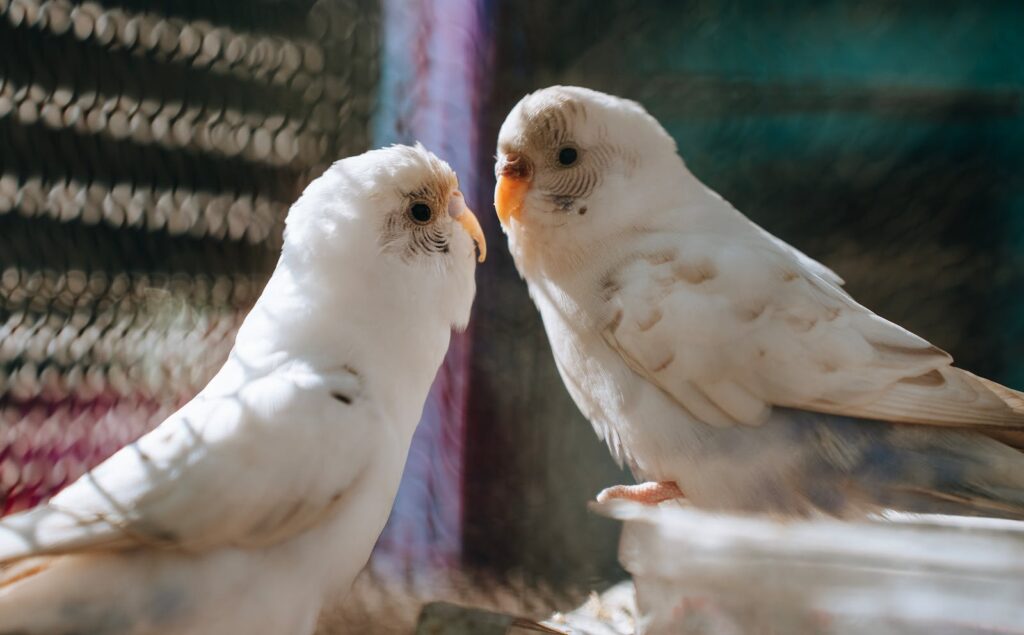
Bird habitats are disappearing at unprecedented rates across the globe, with an estimated 10 million hectares of forest – an area roughly the size of South Korea – lost annually. This staggering pace of destruction leaves birds with fewer places to nest, feed, and raise their young, creating a ripple effect throughout entire ecosystems. According to the Cornell Lab of Ornithology, North America alone has lost nearly 3 billion birds since 1970, representing a 29% decline across all bird groups. Species that require specialized habitats, such as forest interiors or intact wetlands, suffer disproportionately as these landscapes become increasingly fragmented. The crisis has accelerated in recent decades, with development, agriculture, and resource extraction continuing to consume natural landscapes at rates that leave many bird populations unable to adapt.
Forest Fragmentation: Breaking Up Bird Communities
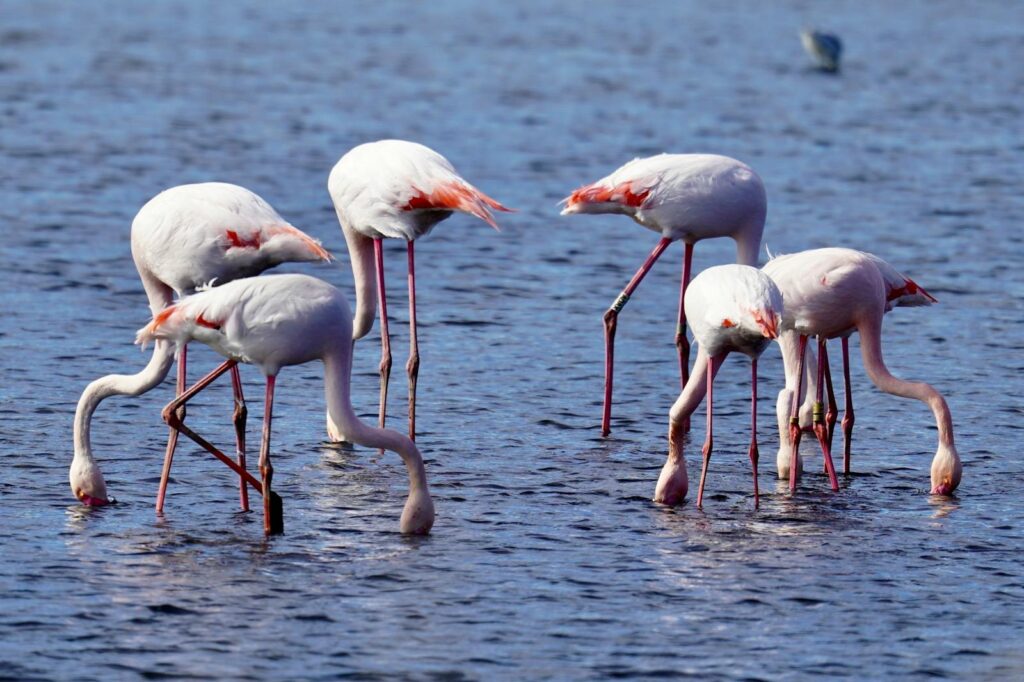
Forest fragmentation represents one of the most pervasive forms of habitat destruction affecting birds worldwide. When continuous forests are divided by roads, developments, or agricultural clearings, the resulting smaller patches create “edge effects” that fundamentally change habitat conditions. These edges expose forest-dependent species to increased predation, parasitism, and competition from non-forest species that thrive in disturbed areas. Deep forest specialists like the Scarlet Tanager and Wood Thrush require large, unbroken forest tracts to successfully reproduce, with studies showing these species experience sharply reduced breeding success in fragmented landscapes. Even seemingly small forest openings can create barriers for some understory species that refuse to cross open areas, effectively isolating populations and reducing genetic diversity. In tropical regions, fragmentation is particularly devastating, as rainforest birds often have highly specialized niches and limited ability to adapt to altered conditions.
Grassland Conversion and the Decline of Prairie Birds
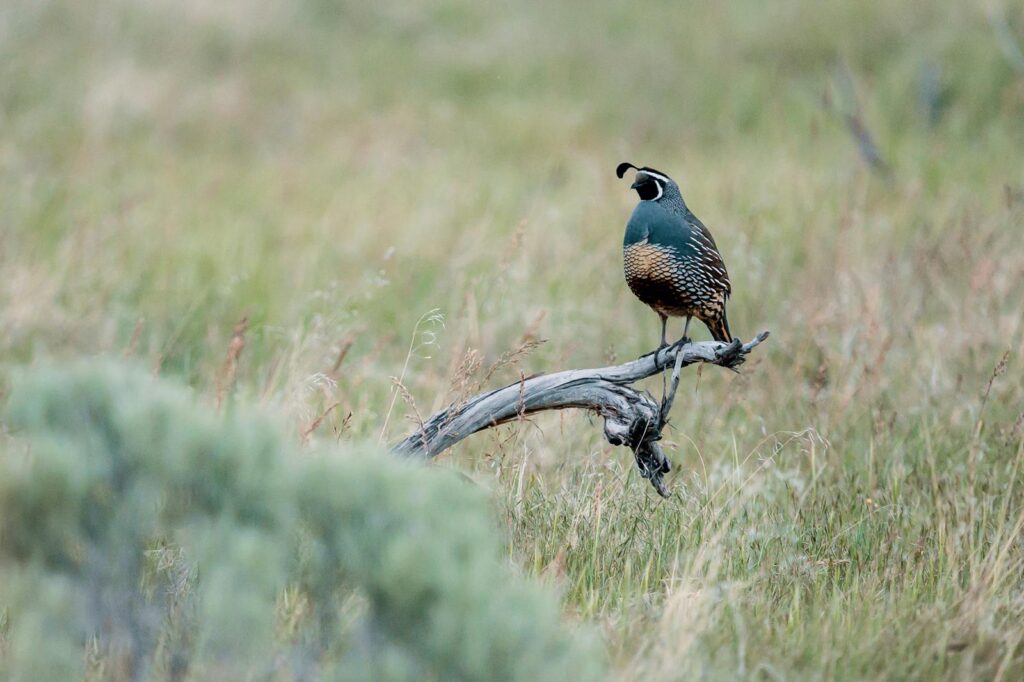
Grassland birds have experienced some of the most dramatic population declines of any bird group, with the conversion of native prairies to cropland driving these losses. In North America, over 97% of tall-grass prairies have been lost, with similar patterns of destruction occurring in grassland ecosystems worldwide. Species like the Greater Prairie-Chicken, Bobolink, and Eastern Meadowlark have lost vast swathes of their historical breeding grounds to corn and soybean fields, which lack the structural diversity and food resources these birds require. Even when grasslands remain, modern agricultural practices like early hay-cutting often destroy nests before young birds can fledge. The Grasshopper Sparrow population has declined by 72% since 1970, exemplifying how quickly these birds can disappear when their specialized habitat requirements aren’t met. Without concerted conservation efforts, many grassland specialists face the prospect of range contractions and potential extinction within decades.
Wetland Drainage and Waterbird Vulnerability
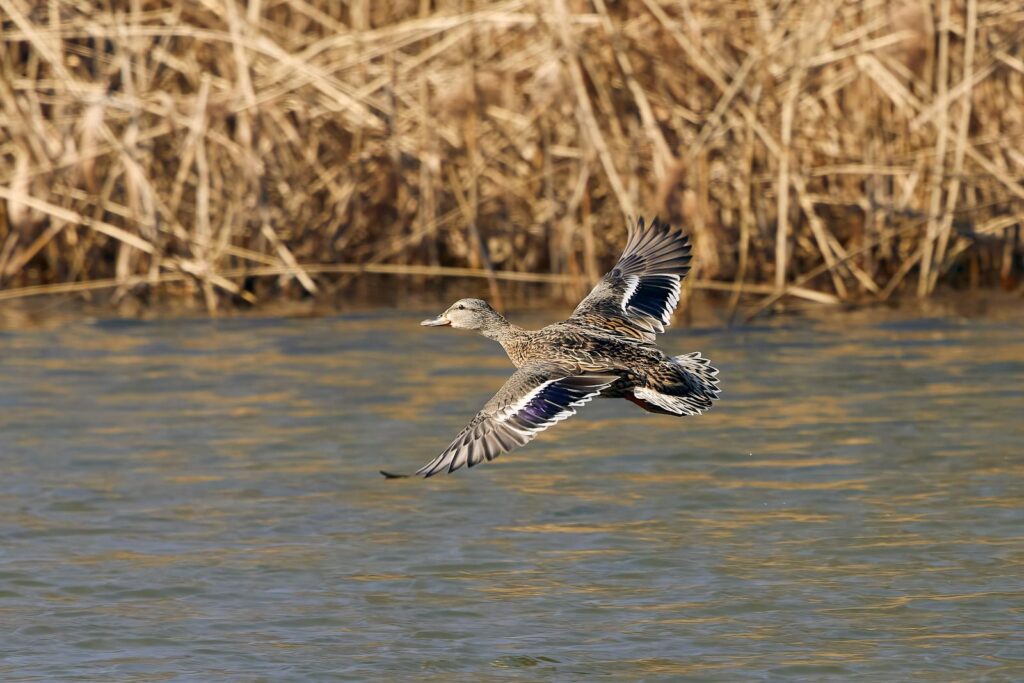
Wetlands serve as critical habitat for numerous bird species, yet these ecosystems have been drained and filled at alarming rates, with over half of the world’s wetlands lost since 1900. For migratory waterfowl and shorebirds, wetlands provide essential stopover sites where birds can rest and refuel during their epic journeys. The draining of wetlands for agriculture and development has created vast “habitat deserts” where birds once found abundant food and shelter. Specialist species like the Black Rail and Yellow Rail have become increasingly rare as their preferred marsh habitats disappear or become degraded through altered hydrology and invasive species. Coastal wetlands face additional threats from sea-level rise and development, placing birds like the Clapper Rail and Saltmarsh Sparrow at particular risk. The loss of these productive ecosystems affects not just resident birds but disrupts the migratory pathways that millions of birds have relied on for countless generations.
Tropical Deforestation and Specialized Species

Tropical forests harbor the planet’s richest bird diversity, yet these ecosystems continue to face severe clearing for agriculture, timber, and development. The Amazon rainforest alone loses thousands of square miles annually, threatening countless bird species that have evolved highly specialized ecological niches. Unlike temperate birds, many tropical species have extremely limited ranges – sometimes just a single mountain range or forest patch – making them exceptionally vulnerable to habitat loss. The critically endangered Spix’s Macaw became extinct in the wild largely due to the destruction of its specialized caatinga woodland habitat in Brazil. Many tropical birds form part of complex ecological relationships with specific plants, insects, or other animals, meaning their loss can trigger cascading effects throughout the ecosystem. Research indicates that once tropical forests are cleared, they rarely recover their original bird community, even after decades of regrowth, as the most specialized species lack the ability to recolonize from distant fragments.
Migratory Birds: When Habitats Disappear at Both Ends
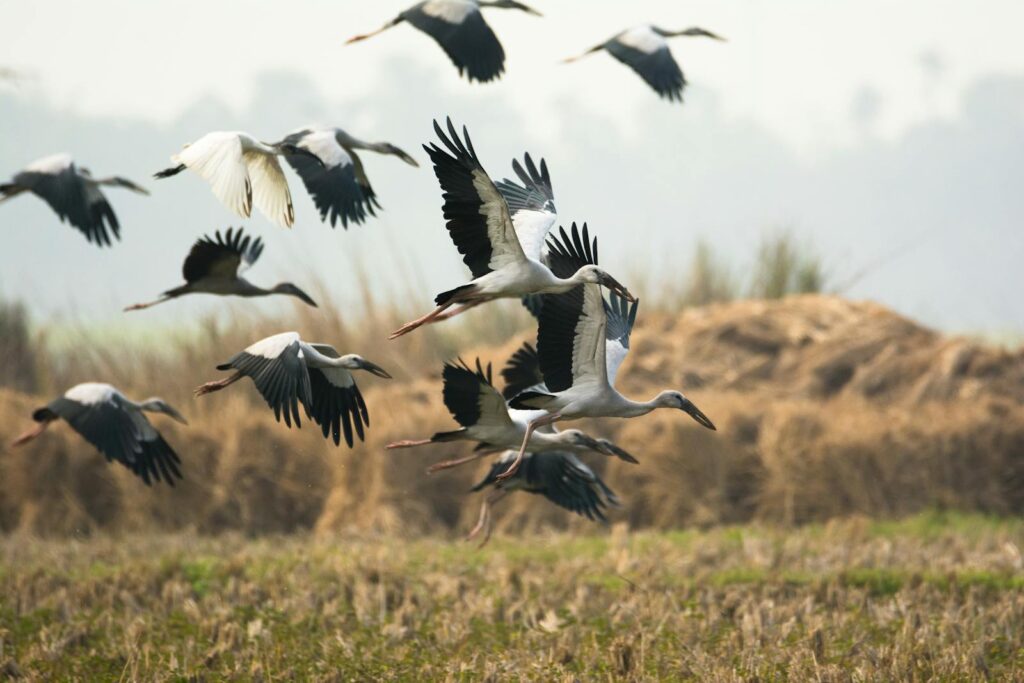
Migratory birds face a uniquely challenging situation as they require suitable habitat in multiple locations throughout their annual cycle. A species like the Wood Thrush breeds in North American forests but winters in Central American rainforests, making it vulnerable to habitat loss in both regions. The decline of migrant songbirds exemplifies this “double jeopardy,” with many species facing degradation of their breeding grounds in North America and simultaneous destruction of their wintering habitat in Latin America or the Caribbean. Stopover sites – places where birds rest and refuel during migration – represent another critical habitat component that is increasingly threatened by development and agricultural intensification. Long-distance migrants like the Cerulean Warbler have declined by over 70% since the 1970s, largely due to this combination of breeding, wintering, and migratory habitat loss. This interconnected challenge requires international conservation cooperation, as protecting habitat in just one part of a migratory bird’s range proves insufficient to halt population declines.
Island Birds: Nowhere to Escape

Island birds face particularly dire consequences from habitat loss due to their inherently limited ranges and often specialized evolutionary adaptations. Having evolved in isolation, many island species lack the adaptability to respond to rapid habitat changes or competition from introduced species that frequently accompany development. Hawaii provides a sobering example, where over half of the islands’ endemic bird species have gone extinct since human arrival, with habitat destruction playing a major role in these losses. The critically endangered Kiwikiu (Maui Parrotbill) clings to existence with fewer than 150 individuals remaining in a tiny patch of high-elevation forest, as lower elevation habitat has been largely converted to agriculture or invaded by non-native plants. Island endemics like the Seychelles Warbler and Black Robin have been brought back from the brink of extinction only through intensive conservation efforts focusing on habitat protection and restoration. With limited geographic options for range shifts, island birds represent some of the most vulnerable species to ongoing habitat loss worldwide.
Agricultural Intensification and the Loss of Farmland Birds
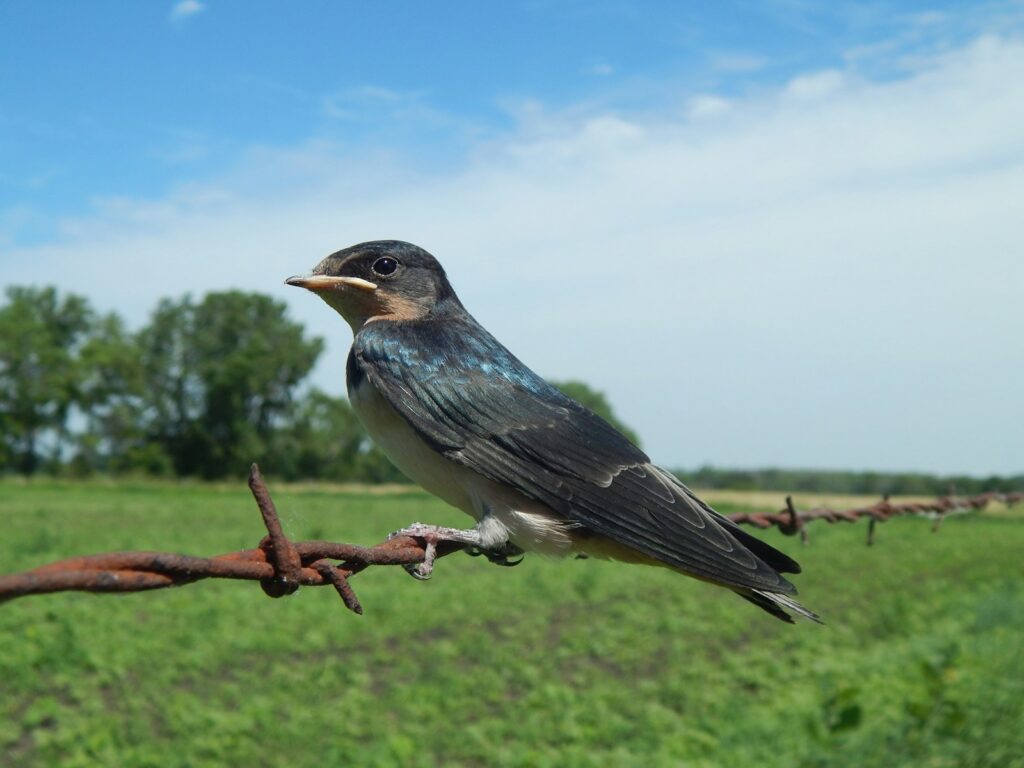
Not all birds require pristine wilderness – many have adapted to traditional agricultural landscapes that provided a mosaic of fields, hedgerows, and scattered trees. However, the shift toward industrial agriculture has eliminated much of this habitat diversity, replacing it with vast monocultures that offer little support for bird life. In Europe, farmland birds have declined by more than 55% since 1980, with species like the Grey Partridge and Eurasian Skylark struggling to survive in increasingly sterile agricultural landscapes. The removal of hedgerows, draining of field margins, and elimination of fallow periods have removed nesting sites and food sources for birds that once thrived alongside human agriculture. Increased pesticide use further compounds these problems by reducing insect populations that many birds depend on, especially when feeding young. Even seemingly minor changes in farming practices can have profound effects, as demonstrated by the Yellow Wagtail’s decline following the shift from spring to autumn sowing of cereal crops, which eliminated suitable nesting habitat during the breeding season.
Urban Expansion and Adaptive Challenges

The rapid growth of urban areas worldwide has converted millions of acres of bird habitat into concrete landscapes that support only a fraction of native bird diversity. Cities and suburbs now cover over 3% of the Earth’s land surface, with their footprint expanding rapidly in developing regions where bird diversity is often highest. While some adaptable species like American Robins and Northern Cardinals have successfully colonized urban environments, many others cannot meet their ecological needs in human-dominated landscapes. Urban areas create additional challenges beyond simple habitat loss – light pollution disrupts migration, noise interferes with bird communication, and collisions with buildings kill hundreds of millions of birds annually in North America alone. Green spaces within cities provide crucial habitat islands, but these fragments rarely support the specialized birds found in intact ecosystems. Research shows that urban bird communities become increasingly homogenized, with the same adaptable species dominating cities worldwide while unique regional specialists disappear.
Climate Change: Compounding the Habitat Crisis
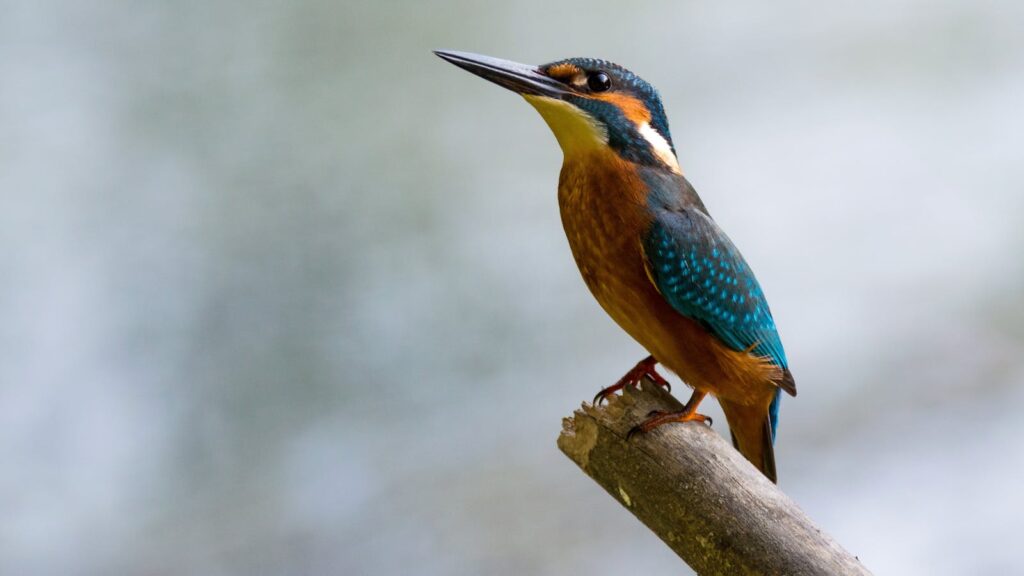
Climate change acts as a threat multiplier to birds already struggling with direct habitat loss, forcing species to track shifting climate conditions while suitable habitat patches become increasingly scarce and isolated. Rising temperatures are already causing measurable shifts in bird ranges, with many species moving poleward or to higher elevations to maintain their preferred climate envelope. The problem comes when the pace of climate change outstrips birds’ ability to colonize new areas, or when geographical barriers like mountain ranges or oceans block potential range shifts. Alpine specialists like the Ptarmigan face a literal uphill battle as warming pushes their habitat requirements beyond mountain summits. Coastal birds contend with sea-level rise eroding their breeding grounds, while altered precipitation patterns affect food availability for countless species. Studies suggest that climate change could threaten over half of North American bird species with substantial range losses this century, making habitat connectivity and conservation of potential future habitat critically important to bird survival.
The Ripple Effects: Ecosystem Services at Risk
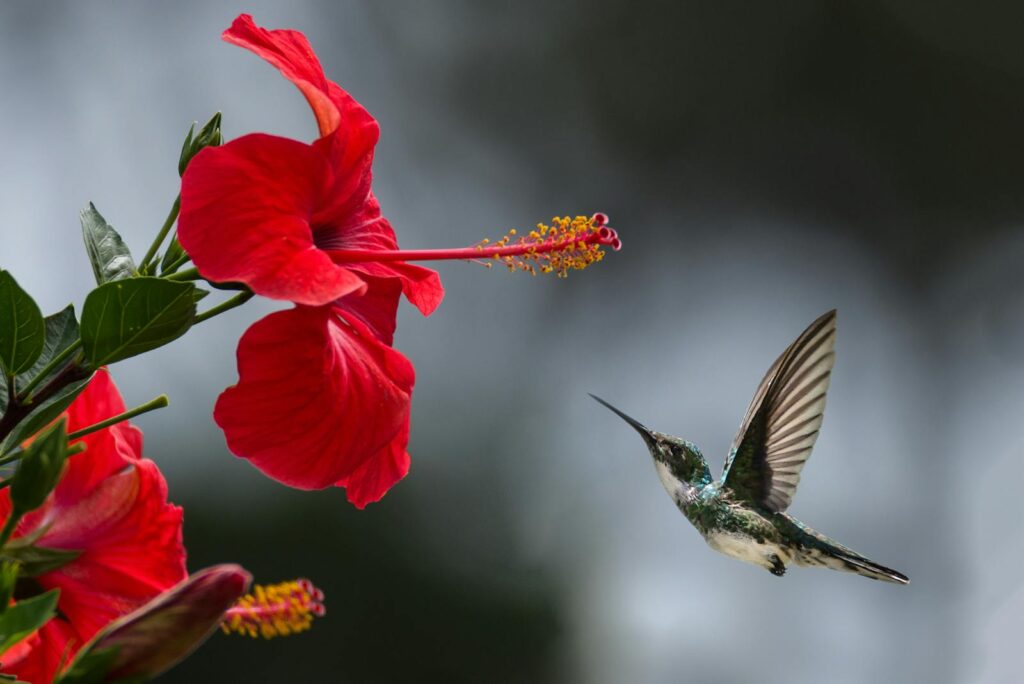
The loss of bird diversity reverberates far beyond the birds themselves, affecting ecosystem functioning and the services that nature provides to humans. Birds serve as crucial seed dispersers, pollinators, insect controllers, and scavengers across virtually all terrestrial ecosystems. The extinction of fruit-eating birds can lead to reduced forest regeneration, as demonstrated in areas where large frugivores have disappeared and certain large-seeded plants no longer spread effectively. Insectivorous birds provide billions of dollars worth of pest control services in agricultural settings, with studies showing significant crop damage increases when birds are excluded from farm fields. As nectar-feeding birds decline, the plants they pollinate face reproductive challenges, potentially altering plant community composition across large regions. Even seemingly abundant species play important ecological roles that aren’t easily replaced when their populations collapse due to habitat loss. These ecosystem services represent the often-overlooked economic and practical argument for bird habitat conservation.
Conservation Success Stories: Turning the Tide

Despite the grim overall picture, focused conservation efforts have rescued numerous bird species from the brink of extinction through targeted habitat protection and restoration. The Kirtland’s Warbler represents one of conservation’s great successes, rebounding from just 167 singing males in 1987 to over 2,000 today, thanks to careful management of young jack pine forests where the bird nests. Wetland conservation through programs like the North American Wetlands Conservation Act has helped stabilize many waterfowl populations that were once in steep decline. The establishment of protected areas like Costa Rica’s Monteverde Cloud Forest Reserve has preserved critical habitat for specialized tropical birds like the Resplendent Quetzal. Even highly endangered species can recover when given sufficient habitat protection, as demonstrated by the California Condor’s slow but steady return from just 22 individuals in 1987 to over 400 today. These success stories share common threads: science-based management, sufficient resources, stakeholder cooperation, and most critically, the protection and restoration of essential habitat.
The Path Forward: Integrated Habitat Conservation

Addressing bird habitat loss requires a multifaceted approach that works across landscapes and political boundaries. Effective conservation must integrate the protection of remaining high-quality habitat with restoration efforts that rebuild ecological functionality in degraded areas. Habitat corridors that connect isolated patches prove vital for maintaining gene flow and allowing birds to respond to climate change by shifting their ranges. Sustainable agricultural approaches like agroforestry systems demonstrate that production and conservation can coexist, providing economic returns while maintaining habitat for birds and other wildlife. Indigenous-managed lands often support higher biodiversity than conventional protected areas, highlighting the importance of supporting traditional land management approaches. Ultimately, protecting bird habitat requires addressing underlying economic drivers of habitat loss through mechanisms like payment for ecosystem services, certification programs for sustainable products, and restructured economic incentives that value intact ecosystems. By recognizing that healthy bird populations signal healthy ecosystems that benefit all species—including humans—we can build broader support for habitat conservation.
Conclusion
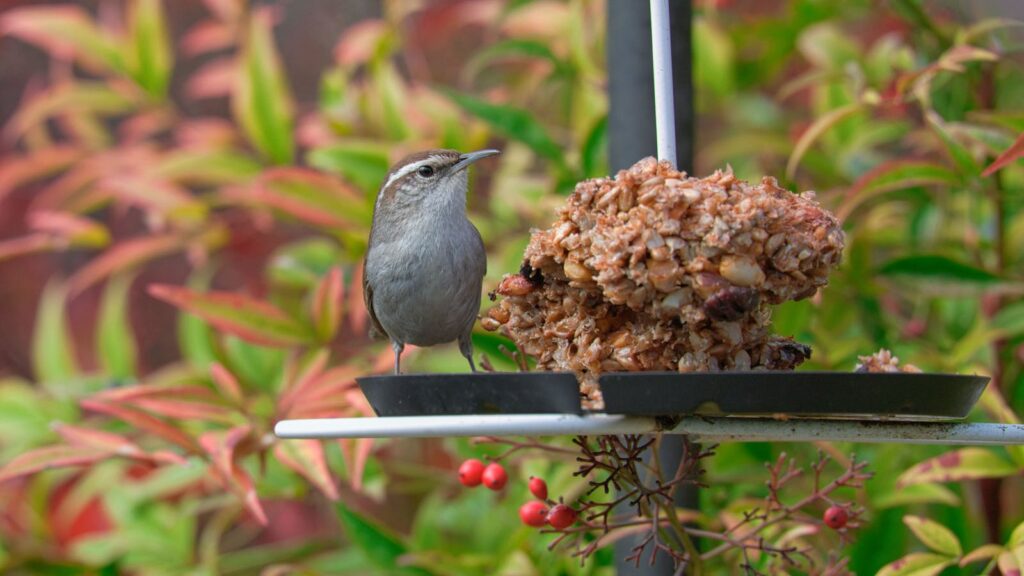
The crisis of habitat loss threatens not just birds’ survival but the ecological integrity of our planet. From forest fragmentation to wetland drainage, agricultural intensification to urban expansion, birds face unprecedented pressure on multiple fronts. Yet the path forward remains clear: protect remaining habitat, restore degraded areas, and transform how we manage working landscapes to accommodate the ecological needs of birds and other wildlife. Conservation success stories demonstrate that when society commits resources to habitat protection, even severely endangered species can recover. Birds have proven remarkably resilient throughout evolutionary history, adapting to changing conditions over millions of years. The question isn’t whether birds can adapt, but whether we will give them the time, space, and habitat they need to do so in the face of unprecedented human-driven change.
